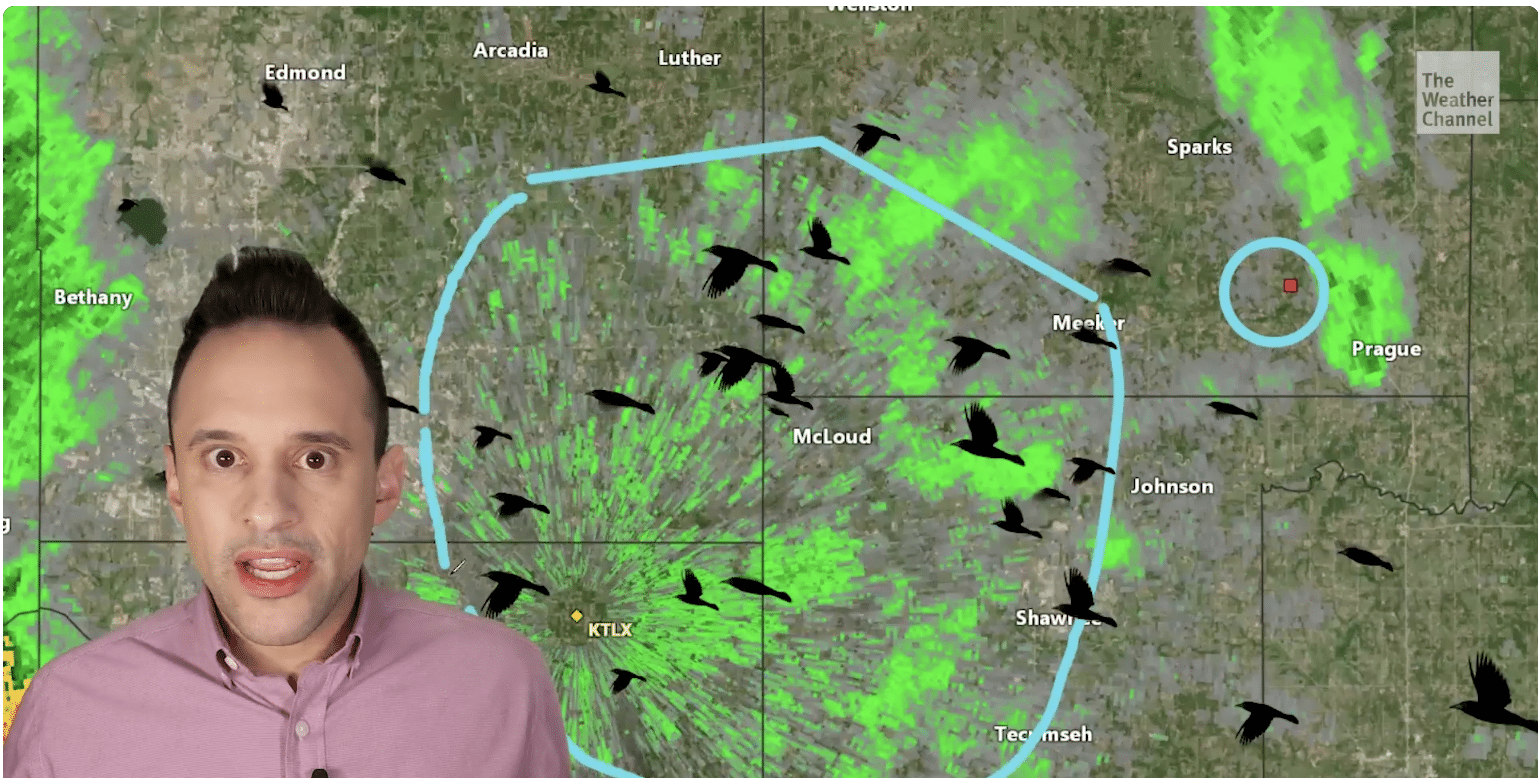After a dramatic spike in earthquakes in the early 2010s, state regulators in Oklahoma began taking steps to limit the injection of wastewater from oil and gas extraction deep into the ground. As a result, the number of earthquakes, particularly large ones, declined steadily over the years.
But a couple of larger quakes in recent weeks, including a 5.1-magnitude temblor over the weekend that was one of the strongest in years, is a reminder of the danger after the last one shook an area dotted with such injection wells.
The quake would be tied as the fourth-strongest in Oklahoma history if seismologists maintain the rating, according to Oklahoma Geological Survey data.
What’s causing the Oklahoma quakes? Determining the exact cause of any quake is difficult. But the general scientific consensus is that the high-pressure injection of wastewater activates ancient faults deep within the earth’s crust, said Nick Hayman, the director of the Oklahoma Geological Survey.
Oklahoma M5.1 earthquake "triggered" interesting radar image https://t.co/LAwU0vOuYS
— Cynthia L. Pridmore (@earthquakemom) February 5, 2024
The wastewater is left over from oil and natural gas production, which includes saltwater, drilling fluids and other mineralized water, thousands of feet (meters) into the ground. The earthquake late Friday night, which shook an area near Oklahoma City, was in a patch that had nine disposal wells within a ten-mile (16-kilometer) radius, although not all of those wells were active.
“The problem is because you’re talking about many areas injecting fluids, and many faults,” Hayman said. “It’s very difficult when there’s an earthquake to know exactly what caused it.”
What has Oklahoma done to stop them? The large increase in quakes more than a decade ago led state regulators to place restrictions on the disposal of wastewater, particularly in areas around the epicenter of quakes. Since then, the number of quakes began to decline dramatically.
Generally, earthquakes between magnitude 2.5 to 5.4 can be felt but only cause minor damage, while earthquakes between 5.5 to 6.0 can cause slight damage to buildings. In Oklahoma, the number of earthquakes in the last decade with a magnitude greater than 2.7 dropped from nearly 2,000 in 2015 to less than 40 last year, according to Oklahoma Geological Survey data.

















